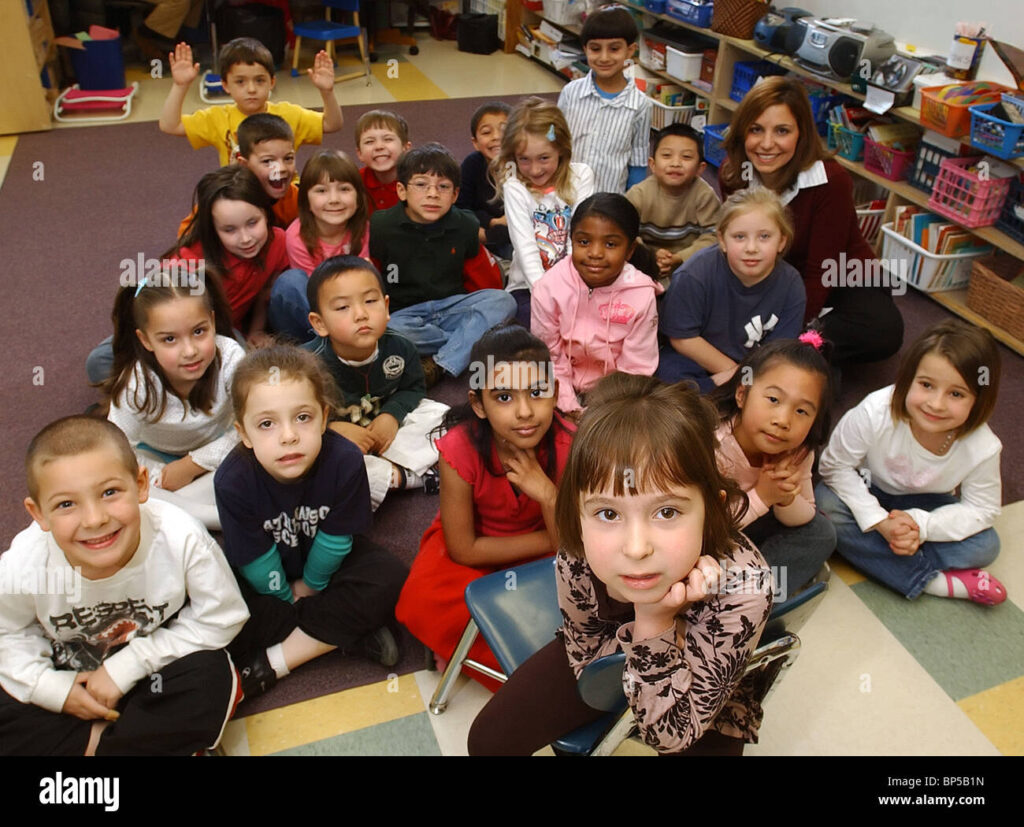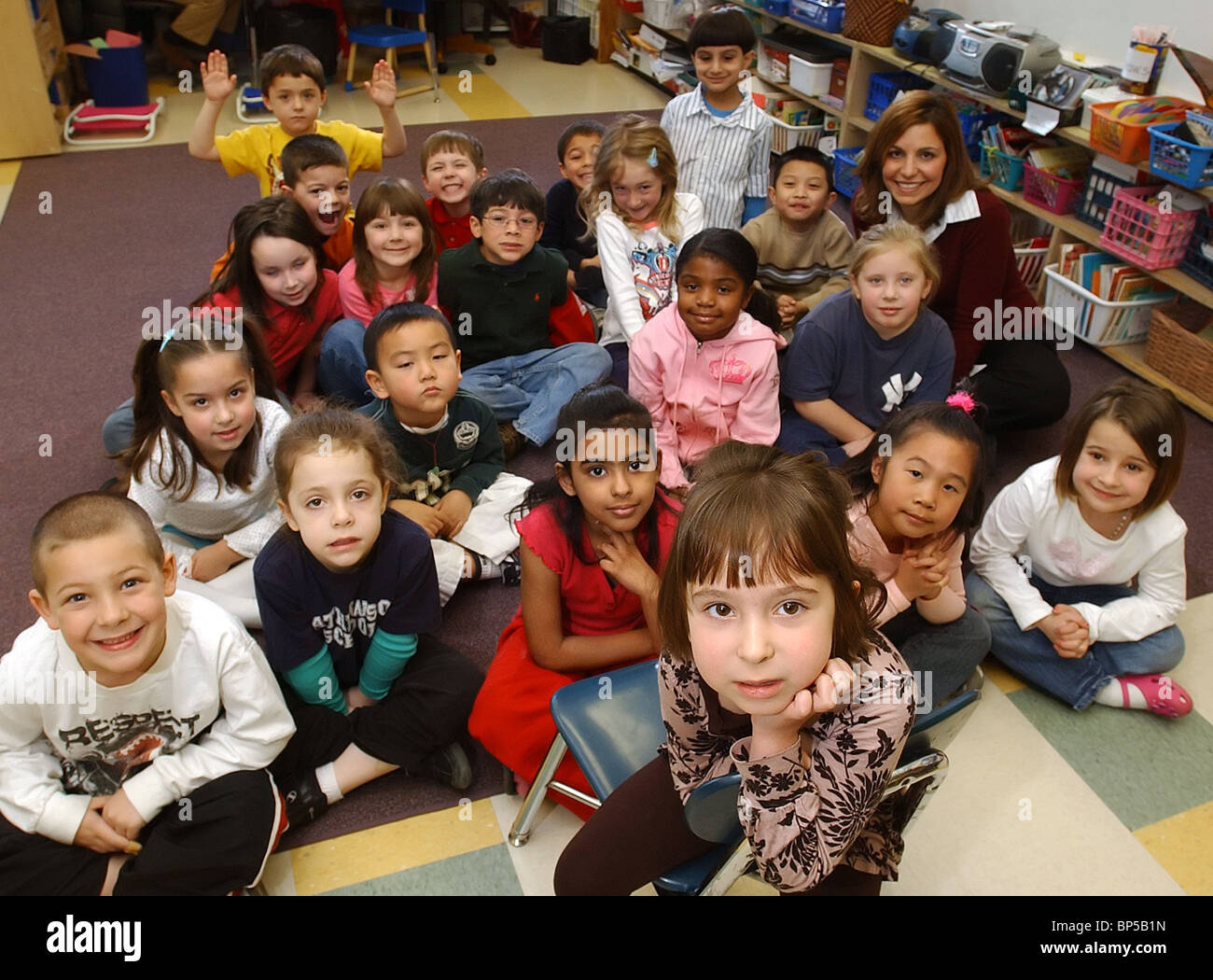
How Old Is a First Grader? Understanding the Age Range and Developmental Milestones
Navigating the world of elementary education can be confusing, especially when trying to understand the age expectations for each grade level. One of the most common questions parents and educators ask is: How old is a first grader? Generally, children enter first grade when they are around six years old. However, the exact age range can vary based on several factors, including school district policies and individual birthdays. This article delves into the typical age of first graders, the factors influencing this age, and the developmental milestones expected at this crucial stage of learning.
The Typical Age Range for First Graders
The most common age for children entering first grade is six years old. However, it is more accurate to say that most first graders are between the ages of six and seven during the academic year. This range accounts for the fact that children born later in the year may still be five when the school year begins but will turn six shortly thereafter. Conversely, some children might be closer to seven when they start first grade, especially if their birthdays fall early in the calendar year. Understanding this age range is crucial for parents and educators to set realistic expectations for academic and social development.
Factors Influencing the Age of First Graders
Several factors can influence when a child enters first grade. These include:
- School District Policies: Each school district sets its own cutoff date for enrollment. This date determines the latest a child can be born to be eligible for first grade in that particular year. For example, some districts may have a cutoff date of September 1st, while others may use December 1st.
- Kindergarten Entry: The age at which a child enters kindergarten also plays a role. Typically, children enter kindergarten at age five, but some may start at age four, depending on their birthday and parental decisions. This can impact their subsequent progression to first grade.
- Redshirting: Some parents choose to delay their child’s entry into kindergarten, a practice known as “redshirting.” This decision is often made to give the child an extra year to mature socially and emotionally, potentially providing them with an academic advantage later on. A child who is redshirted might be closer to seven years old when they enter first grade.
- Early Birthday: A child with an early birthday (e.g., January or February) might already be six when the school year begins, making them one of the older students in the class.
Developmental Milestones Expected of First Graders
Regardless of the exact age, first grade is a pivotal year for academic and social-emotional development. Here are some key milestones that are typically expected of first graders:
Academic Milestones
- Reading: First graders are expected to improve their reading skills significantly. They should be able to read simple books with increasing fluency and comprehension. This includes recognizing sight words, using phonics to decode words, and understanding the main idea of a story.
- Writing: Writing skills also develop rapidly in first grade. Children learn to write simple sentences, use proper capitalization and punctuation, and express their ideas in a coherent manner. They may also begin to experiment with different types of writing, such as stories, poems, and reports.
- Mathematics: In math, first graders learn basic addition and subtraction, understand place value, and solve simple word problems. They also begin to learn about measurement, geometry, and data analysis.
Social and Emotional Milestones
- Social Skills: First grade is a time when children further develop their social skills. They learn to work collaboratively with others, follow rules, and resolve conflicts peacefully. They also begin to understand the importance of empathy and respect for others.
- Emotional Regulation: Emotional regulation is another crucial skill that develops during this time. Children learn to manage their emotions, cope with frustration, and express their feelings in appropriate ways. They also begin to develop a sense of self-awareness and self-esteem.
- Independence: First graders become more independent as they navigate the school environment. They learn to follow routines, take responsibility for their belongings, and complete tasks with minimal supervision.
Addressing Concerns About Age and Development
If you have concerns about your child’s readiness for first grade based on their age or developmental progress, it’s essential to communicate with their teacher or pediatrician. They can provide valuable insights and recommendations based on their observations and expertise. Here are some common concerns and how to address them:
Late Birthday and Maturity Concerns
If your child has a late birthday and you’re concerned about their maturity level, consider discussing redshirting with their preschool teacher or pediatrician. They can help you assess whether an extra year of preschool would benefit your child’s social and emotional development. [See also: Benefits of Redshirting]
Academic Struggles
If your child is struggling academically in first grade, don’t hesitate to reach out to their teacher for support. They can provide extra help and accommodations to help your child succeed. Early intervention is key to addressing academic challenges and preventing them from becoming more significant issues later on. The age a child is in first grade does not always correlate to academic success.
Social Challenges
If your child is having difficulty making friends or interacting with their peers, talk to their teacher or school counselor. They can provide guidance and support to help your child develop their social skills and build positive relationships. Understanding how old is a first grader compared to their peers might shed light on social dynamics.
The Importance of Individualized Assessment
It’s important to remember that every child develops at their own pace. While there are general age ranges and developmental milestones associated with first grade, these are simply guidelines, not rigid expectations. Some children may reach these milestones earlier than others, while some may need more time. The key is to focus on each child’s individual strengths and needs and provide them with the support they need to succeed. When considering “how old is a first grader?”, remember that individual variation is normal.
Supporting First Graders at Home and in the Classroom
Parents and educators play a vital role in supporting first graders as they navigate this important stage of their development. Here are some tips for creating a supportive learning environment:
At Home
- Read to Your Child: Reading aloud to your child is one of the best ways to foster a love of reading and improve their literacy skills. Choose books that are engaging and age-appropriate, and encourage your child to ask questions and make predictions.
- Create a Writing-Friendly Environment: Provide your child with plenty of opportunities to write, whether it’s through journaling, drawing, or creating their own stories. Make sure they have access to writing materials, such as pencils, crayons, and paper.
- Make Math Fun: Incorporate math into everyday activities, such as cooking, shopping, and playing games. This can help your child develop a positive attitude towards math and improve their problem-solving skills.
- Encourage Social Interaction: Provide opportunities for your child to interact with other children, such as playdates, sports, and extracurricular activities. This can help them develop their social skills and build positive relationships.
- Communicate with Your Child’s Teacher: Stay in regular communication with your child’s teacher to stay informed about their progress and address any concerns promptly.
In the Classroom
- Create a Positive Learning Environment: Foster a classroom environment that is welcoming, inclusive, and supportive. Encourage students to take risks, ask questions, and learn from their mistakes.
- Differentiate Instruction: Recognize that students learn at different paces and in different ways. Differentiate instruction to meet the individual needs of each student.
- Use Hands-On Activities: Incorporate hands-on activities and games into your lessons to make learning more engaging and memorable.
- Provide Opportunities for Collaboration: Encourage students to work together on projects and activities to develop their collaboration and communication skills.
- Assess Student Progress Regularly: Monitor student progress regularly to identify areas where they may need additional support.
Conclusion
So, how old is a first grader? While the typical age range is between six and seven years old, it’s essential to remember that individual development varies. Focus on supporting each child’s unique strengths and needs, and communicate openly with teachers and pediatricians to address any concerns. By creating a supportive learning environment at home and in the classroom, you can help first graders thrive academically, socially, and emotionally. Understanding the typical age and the developmental milestones associated with first grade can help parents and educators set realistic expectations and provide the necessary support for children as they embark on this exciting journey of learning. The question of “how old is a first grader” is less important than supporting their individual journey and growth. The concept of “how old is a first grader” also helps to understand their development stage and tailor learning methods accordingly. Regardless of “how old is a first grader“, their educational journey is a crucial one. The question of “how old is a first grader” often arises during school enrollment periods. Knowing “how old is a first grader” helps in planning age-appropriate activities. Remember, “how old is a first grader” is just one aspect of their overall development. Considering “how old is a first grader” is also important for social interactions. The term “how old is a first grader” is frequently searched by parents and educators. The focus should be on the individual child, irrespective of “how old is a first grader“. The answer to “how old is a first grader” is usually between six and seven years old. Parents often wonder “how old is a first grader” when preparing their child for school. It’s important not to stress too much about “how old is a first grader“, but rather focus on their readiness.

